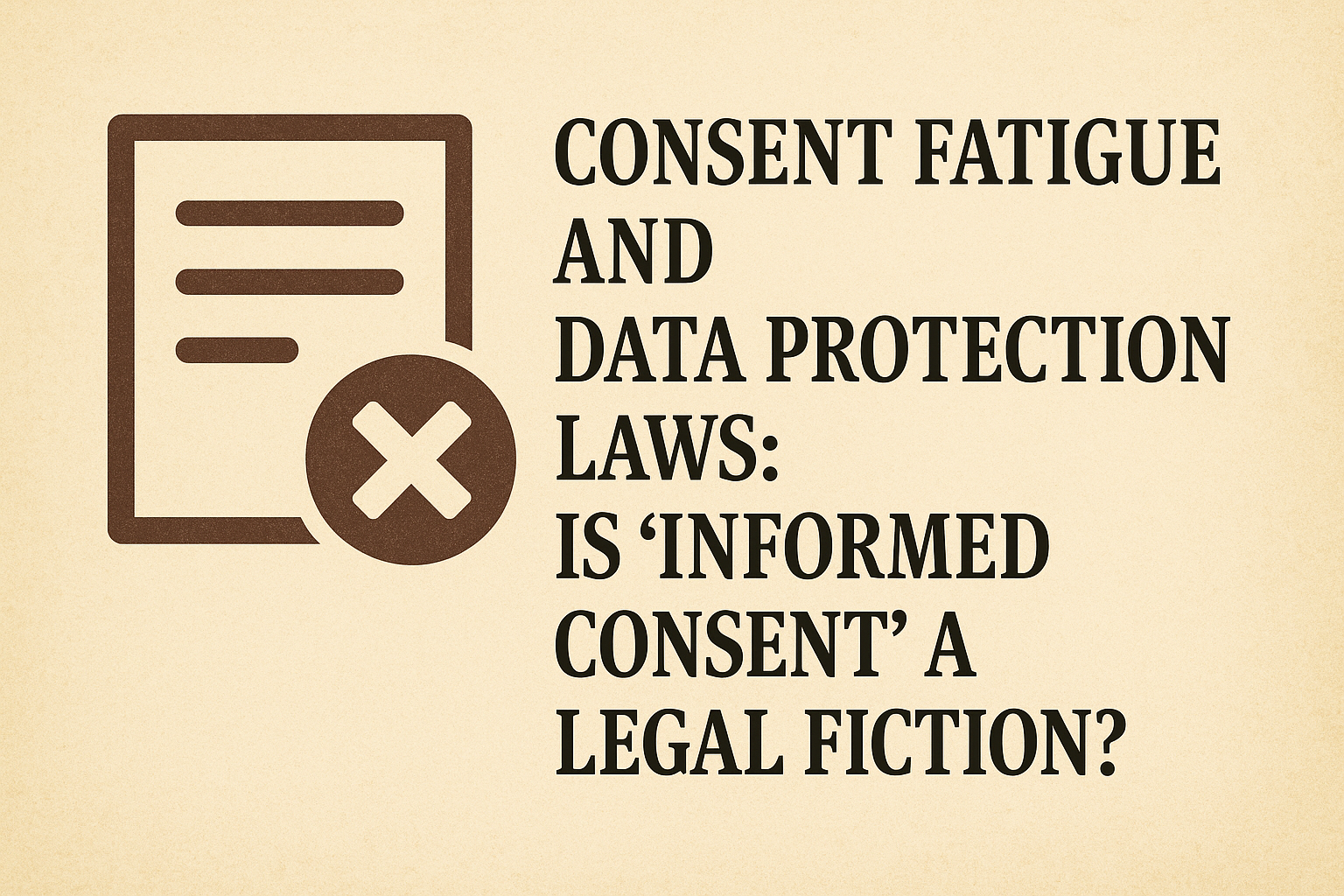Understanding Caveat: Meaning, Purpose, and Legal Implications
Introduction
A caveat is a legal notice or warning filed to prevent certain actions from taking place without informing the caveator (the person who files the caveat). The term "caveat" comes from the Latin word meaning "let him beware." It is commonly used in legal, financial, and property matters to safeguard the rights of an individual or entity.
Purpose of a Caveat
A caveat serves as a preventive measure, ensuring that a party is notified before any decision or action is taken that may affect their rights or interests. Some key purposes of filing a caveat include:
Preventing unilateral actions without prior notice.
Safeguarding legal rights in disputes.
Delaying or stopping certain proceedings until the caveator is heard.
Types of Caveats
1. Caveat in Legal Proceedings
A caveat can be filed in a court of law to prevent the issuance of an order or judgment without hearing the caveator. This is common in civil cases where a party anticipates legal action against them.
2. Caveat in Property Law
In property law, a caveat is used to register an interest in land or real estate, preventing any transaction (sale, lease, or mortgage) without notifying the caveator. This is often filed by parties with an equitable interest in a property.
3. Caveat in Probate Law
A caveat in probate law is used to challenge the granting of a will or probate. If someone believes a will is invalid or improperly executed, they can file a caveat to stop the probate process until their concerns are addressed.
4. Caveat in Trademark and Intellectual Property
A caveat can also be filed in trademark and intellectual property disputes. It prevents the registration or transfer of a trademark until the caveator’s claim is considered.
Legal Process for Filing a Caveat
The procedure for filing a caveat depends on the jurisdiction and the type of case. However, the general steps include:
Drafting the Caveat – The document must clearly state the caveator's interest, reasons for filing, and contact details.
Filing the Caveat – The caveat is submitted to the appropriate court or authority along with the required fee.
Serving Notice – The opposing party is notified about the caveat.
Hearing and Resolution – If a case arises, the court will ensure the caveator is heard before making any decisions.
Effects and Duration of a Caveat
A caveat does not permanently stop an action; it only ensures due notice is given before proceeding.
It remains valid for a specific period (often 90-180 days), depending on jurisdictional laws.
If the caveator does not take further legal action within the prescribed period, the caveat may lapse.
Conclusion
A caveat is a powerful legal tool that protects individuals and entities from unforeseen legal actions. Whether in court proceedings, property disputes, or intellectual property matters, a caveat ensures that a party’s rights are considered before any action is taken. Understanding the proper use of a caveat can help individuals safeguard their interests effectively.








